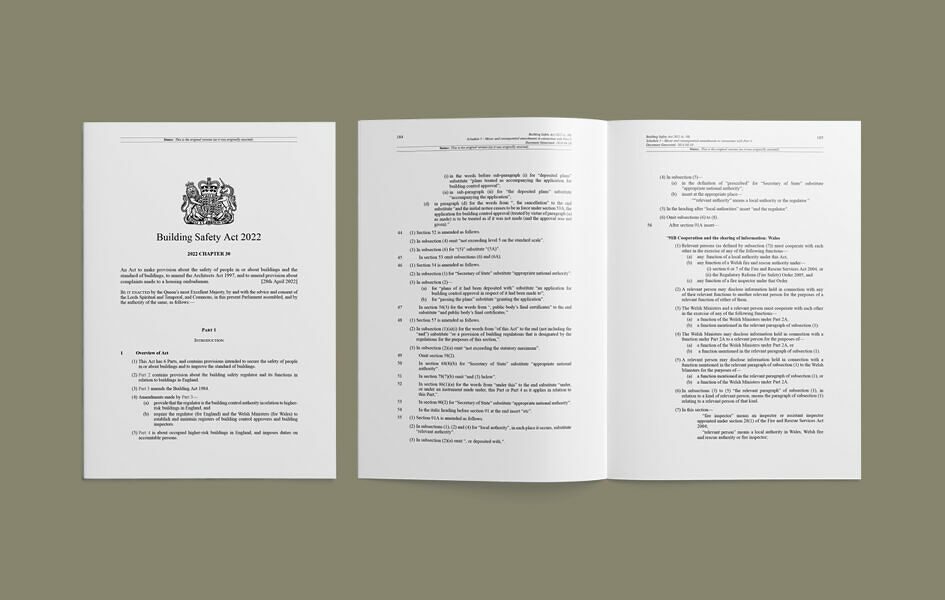The Building Safety Act (BSA) was published following the Hackitt Inquiry to elevate building safety standards and accountability within the construction industry.
It addresses the way buildings are designed, constructed and maintained, with the highest measures being applied to high risk buildings.
In addition, it outlines specific responsibilities for duty holders, which include building owners, designers, contractors and suppliers and evidence must be collated to establish and confirm competence.
Understanding its intricacies, including the three gateway stages, is essential for all stakeholders involved in any building.
These safety checkpoints form a straightforward process to ensure safety is considered throughout the design and construction phases of a scheme.
Gateway one – planning
Anyone looking for planning permission for a high rise building must have a comprehensive fire and structural safety report that demonstrates how the design will meet the exacting standards of the BSA.
Gateway two – pre-construction
Works cannot commence until the Building Safety Regulator (BSR) confirms that plans submitted as part of the Gateway one stage meet the requirements of the building regulations.
Gateway three – pre-occupation
The BSR will rigorously assess if the work has been completed in line with the building regulations and, if it is passed, the building can be occupied.
The parties responsible for the building must ensure a ‘golden thread’ of information is put in place and maintained. This is a blueprint that allows people to understand a building and the necessary measures for ensuring its ongoing safety, both presently and down the line.
Building companies, designers, contractors and local authorities will all need to be able to access reliable, up to date information.
The BSA prioritises safety and accountability in the construction and management of residential buildings. By understanding its provisions, including the incorporation of three gateway stages, stakeholders can navigate its framework effectively while upholding the highest standards of safety and integrity.



